Infrared heat waves are long electromagnetic waves located very near the visible part of the electromagnetic spectrum which give off a large amount of heat. Read More…
Economical, highly efficient, and satisfyingly effective Solaira™ quartz electric infrared heaters offer residential and commercial solutions that are second to none. We utilize the most up-to-date PHILIPS tm HeLeN quartz infrared technology to provide instant and directional radiant heat that is equivalent to the comfort of the sun actually warming you up and not just the air around you.

Area controlled heat that is clean and fast describes our infrared heaters. We have infrared heaters for everyone’s needs to choose from. Choose from portable heaters, infrared forging heaters, outdoor heaters, radiant heaters, electric infrared heaters and more. Our heaters are seen everywhere!

Mor Electric Heating offers Salamander electric ceramic infrared heating elements and panels, comfort spot heaters, pet and animal comfort heaters, portable comfort space heaters and industrial processing heaters. We can also custom design radiant heating panels for your needs.

Easy Radiant Works provides leading energy efficient infrared heating solutions. We offers a complete range of gas fired low and high intensity infrared heaters for industrial, commercial, sports facilities, hospitality, agricultural and residential applications throughout the United States. Our innovations continue to evolve; superior technology & performance remain constant. Contact us today to ...

More Tube Heater Manufacturers
A typical electric infrared heater consists of a heating element, a reflective surface and a protective shield to prevent direct contact with the source of heat. In a tube heater, the element is surrounded by a tube which helps to intensify the heat produced. Elements are commonly made from tungsten, or from another alloy, which is then coiled to create electrical resistance that produces heat. The tube surrounding the element is made from a highly conductive material, such as quartz, in order to maximize the infrared energy being released. The tubular material should be radiant emissive on the exterior to provide the greatest amount of heat possible.
Radiant heat is absorbed by objects and surfaces without needing a medium such as air molecules for transportation. Therefore infrared heat can penetrate materials and gases more easily than typical convection heaters and more efficiently than UV lamps which require light waves to heat an object. Tube heaters can be both radiant gas and electric. In a radiant gas heater, the heat given off by the natural gas or propane flame produces increased radiance that results in uniform heating of the tube. Other features on a tube heater may include: overheat protection, corrosion resistant materials, the addition of a cooling option for cryogenic purposes and timing-temperature controls.
Infrared tube heaters are considered a "green" or environmentally friendly heating option due to their high energy efficiency. In addition to their energy efficiency, tube heaters are also a source of immediate heat as they do not require convection in order to be effective. Thus, there is no lag time between turning the apparatus on and feeling the effects of the heating process. Another advantage which results from the nature of infrared heat is the uniformity of the heating pattern. In convectional heaters, air is moved around a space as it is heated, creating pockets of hot and cold air. Infrared heat is absorbed directly and so the position of air molecules does not affect the process.
Common uses for tube heaters include: room or space heaters, industrial uses such as plastic welding, drying of coatings and glass processing, for animal care in zoos and veterinary clinics for incubation or comfort heating, and in medical uses such as easing arthritic pain. Electric tube heaters do not burn fuels and so do not result in the emission of harmful gases. Therefore, they result in fewer health risks during operating.





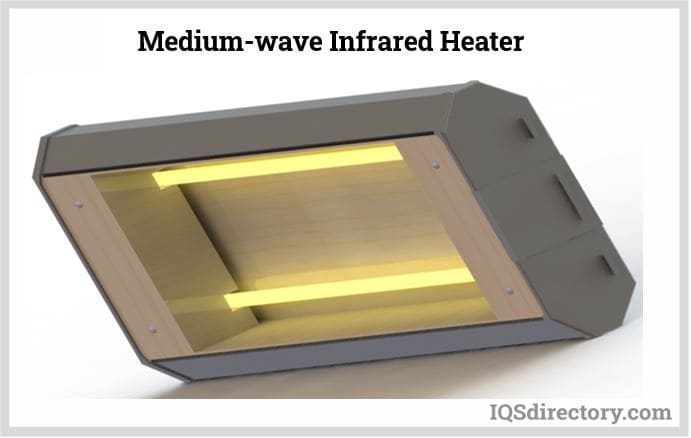
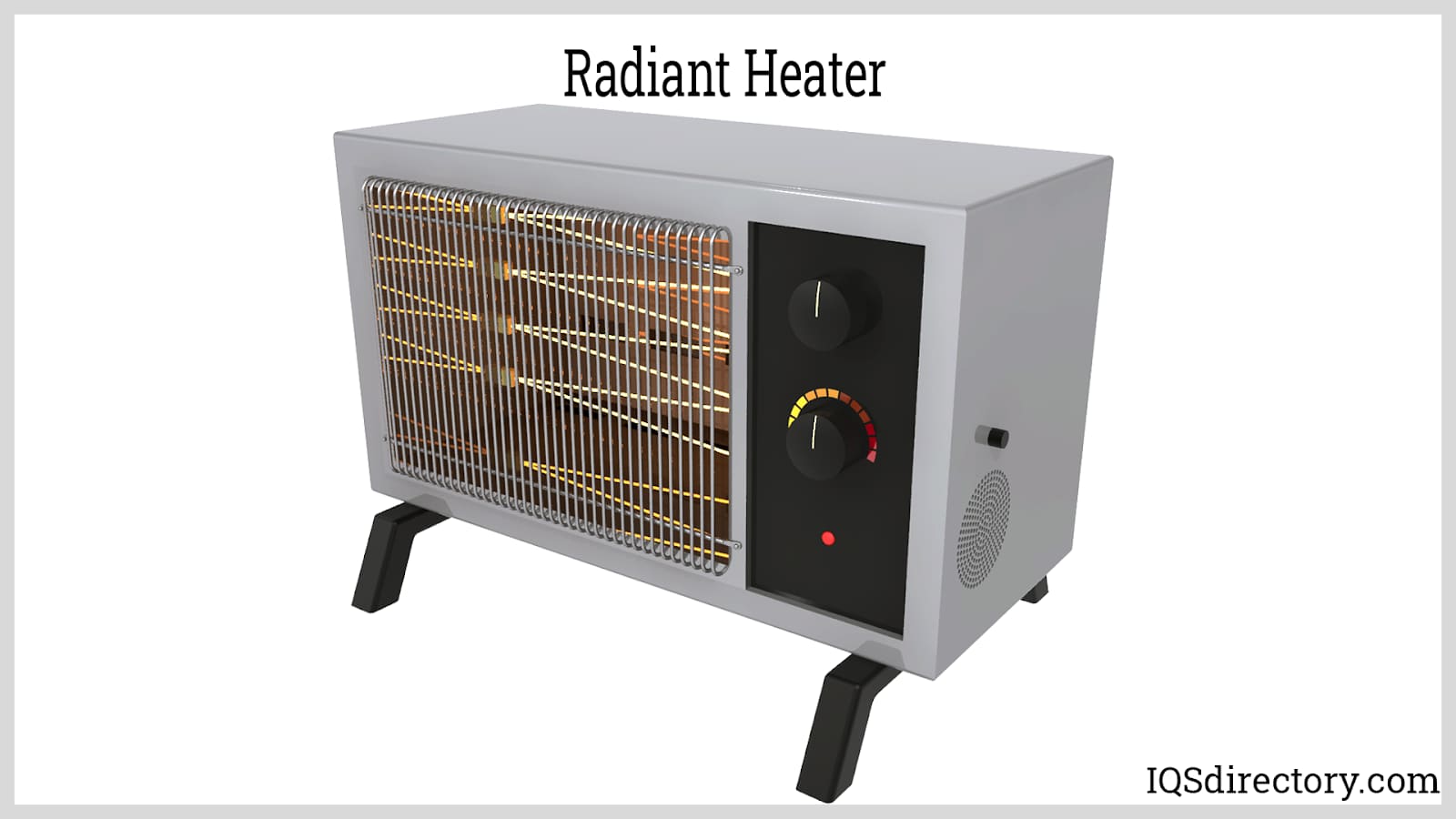
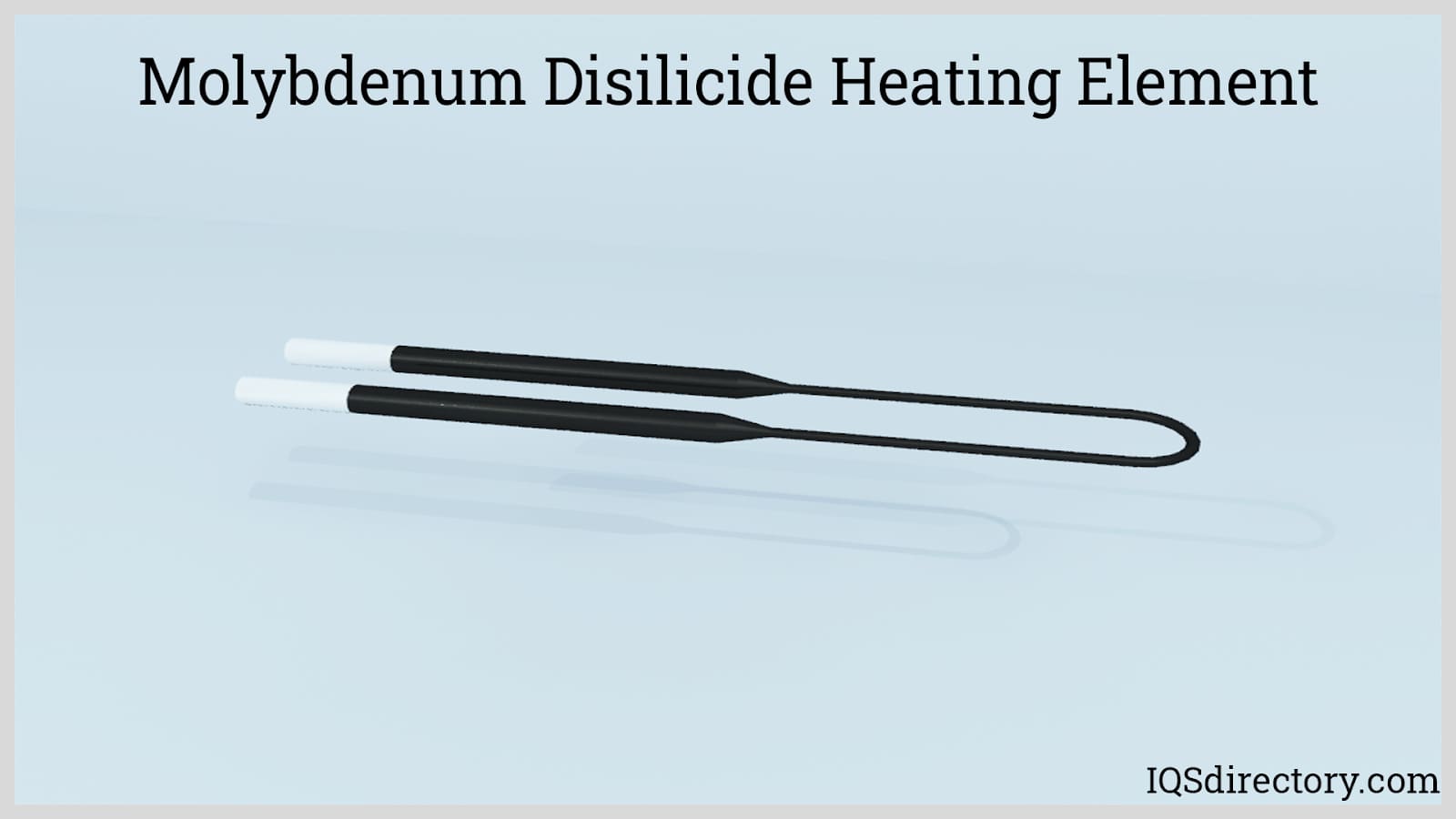
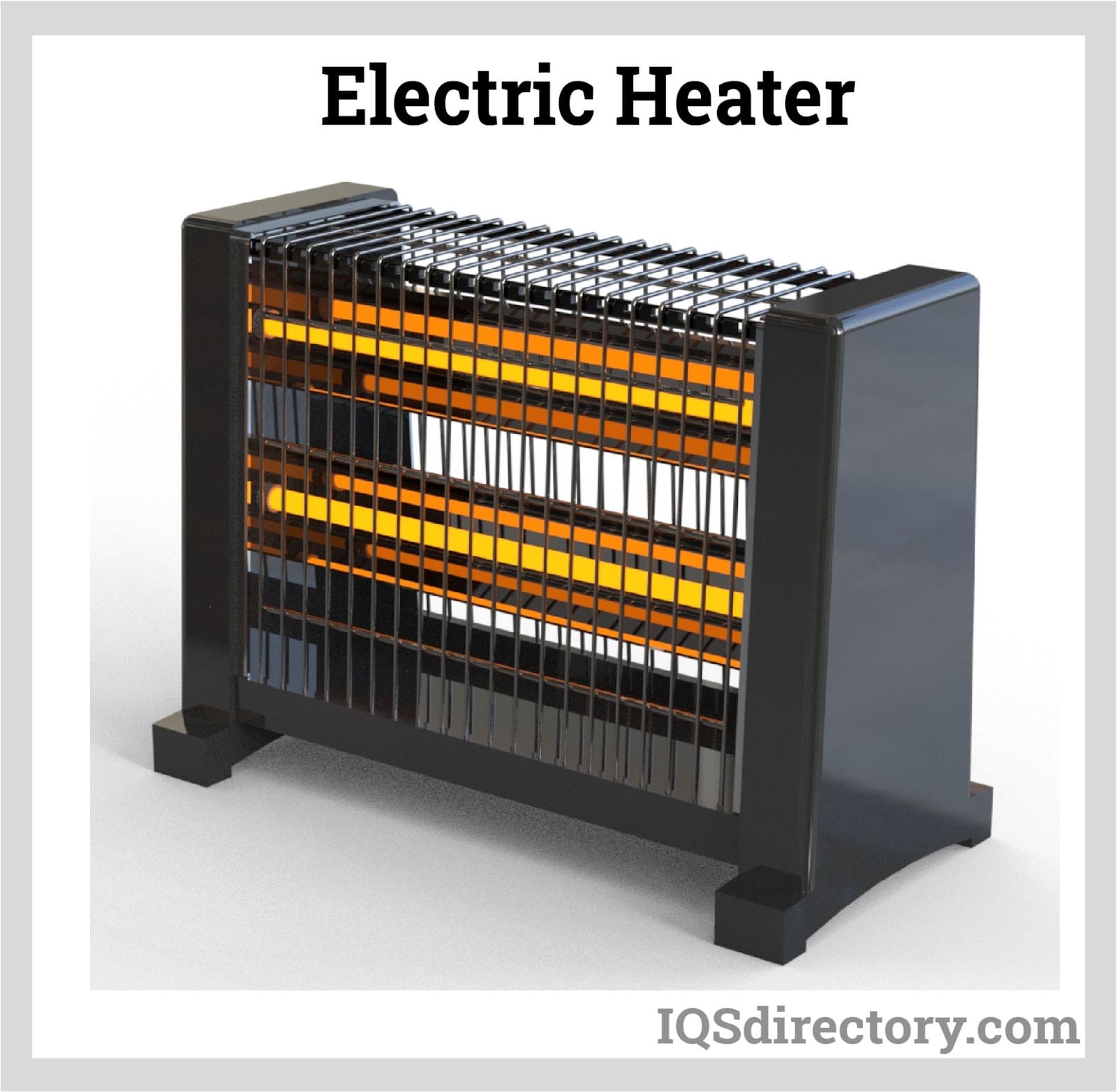
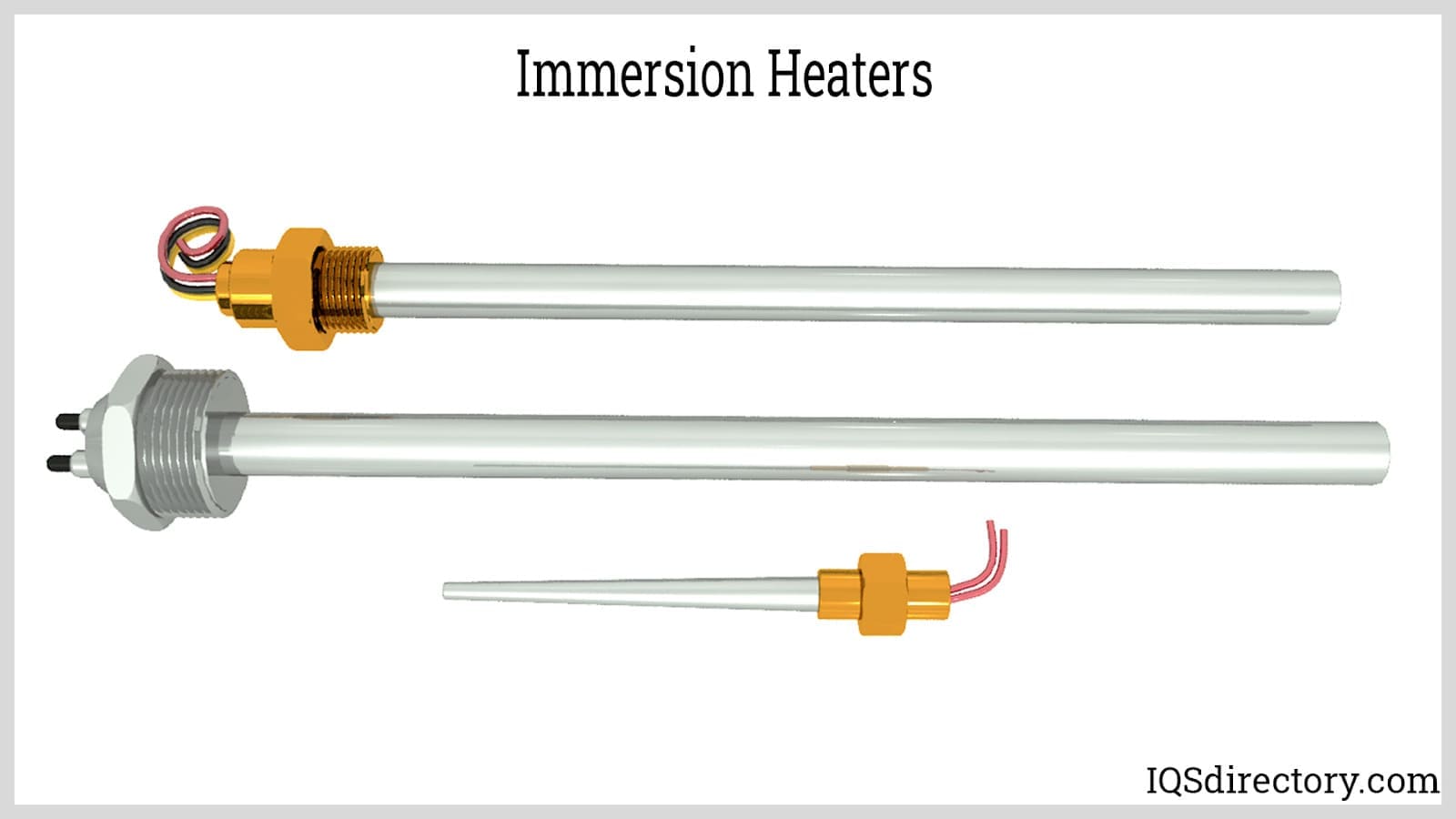
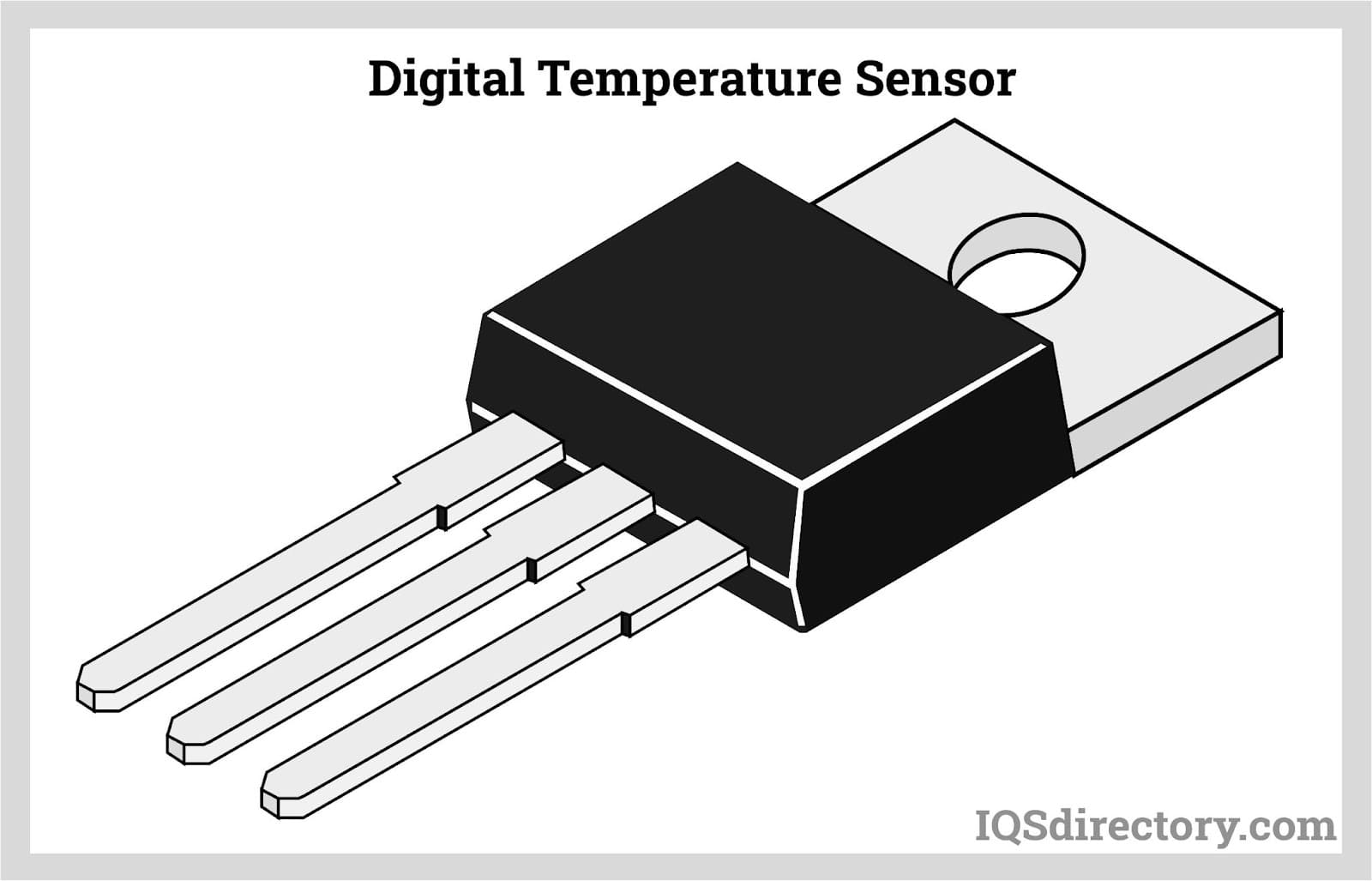
 Cartridge Heaters
Cartridge Heaters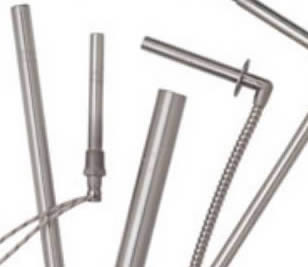 Electric Heaters
Electric Heaters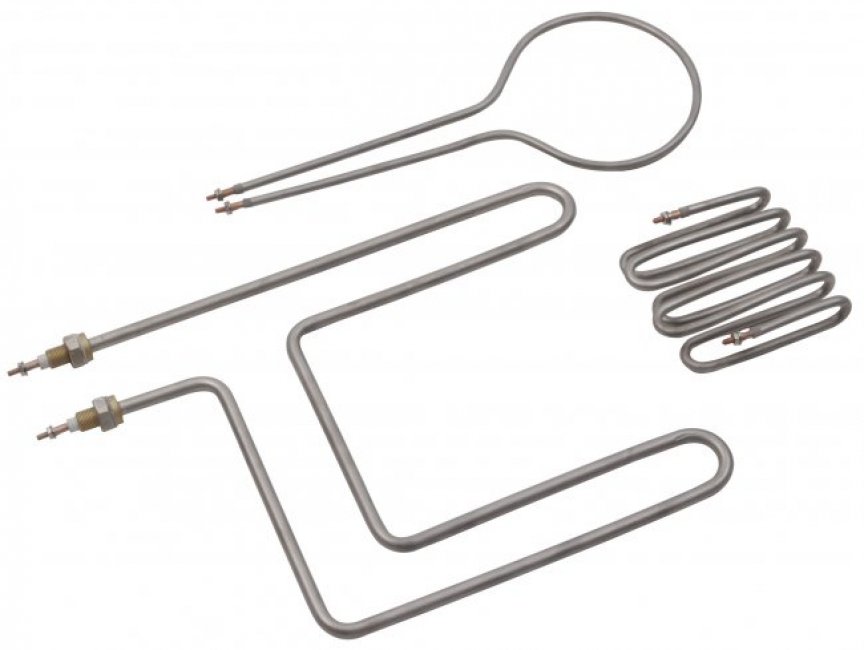 Heating Elements
Heating Elements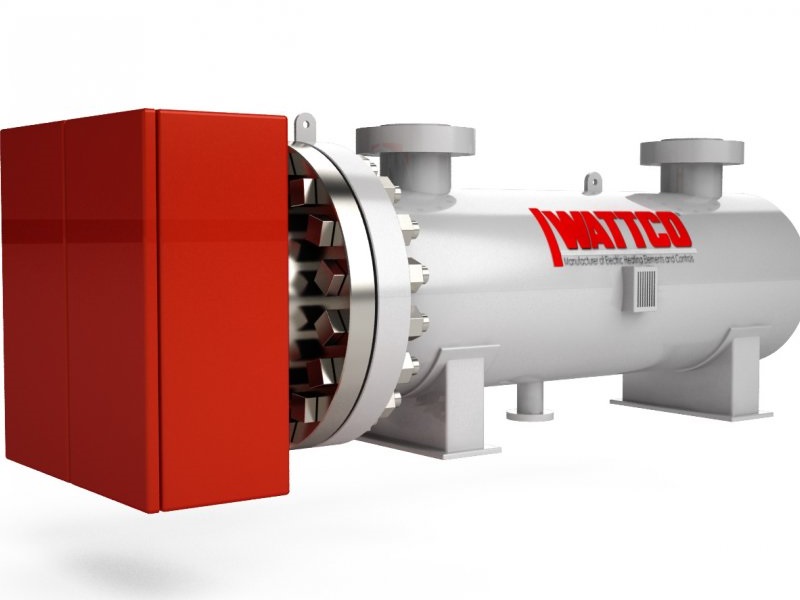 Immersion Heaters
Immersion Heaters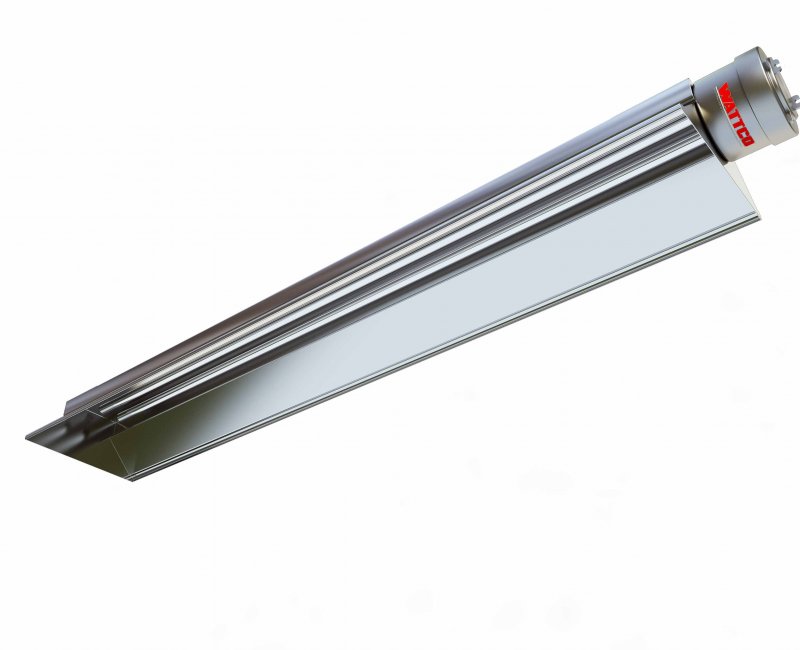 Infrared Heaters
Infrared Heaters Air Conditioners
Air Conditioners Castings & Forgings
Castings & Forgings Bulk Material Handling
Bulk Material Handling Electrical & Electronic Components
Electrical & Electronic Components Flow Instrumentation
Flow Instrumentation Hardware
Hardware Material Handling Equipment
Material Handling Equipment Metal Cutting Services
Metal Cutting Services Metal Forming Services
Metal Forming Services Metal Suppliers
Metal Suppliers Motion Control Products
Motion Control Products Plant & Facility Equipment
Plant & Facility Equipment Plant & Facility Supplies
Plant & Facility Supplies Plastic Molding Processes
Plastic Molding Processes Pumps & Valves
Pumps & Valves Recycling Equipment
Recycling Equipment Rubber Products & Services
Rubber Products & Services